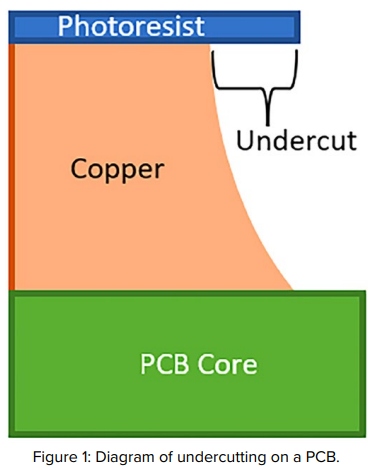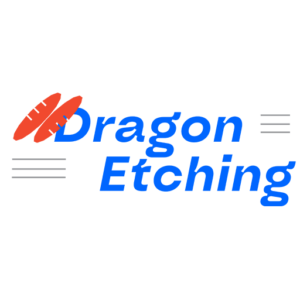In the realm of printed circuit board (PCB) manufacturing, the etching process plays a pivotal role in shaping intricate circuit patterns. Among the array of etchants available, Ferric Chloride Etchant stands out as a reliable and efficient solution. Composed of ferric chloride (FeCl3), this chemical marvel offers engineers unparalleled control and precision during wet etching. In this blog, we will delve into the specifics of Ferric Chloride Etchant and provide valuable tips for its effective utilization in PCB wet etching machines.
What is Ferric Chloride Etchant?
Ferric Chloride Etchant is an acidic solution containing ferric chloride, a potent chemical compound known for its exceptional ability to dissolve copper effectively. This unique etchant is widely employed in the PCB manufacturing industry for its excellent selectivity, allowing for the precise removal of copper from the PCB substrate without adversely affecting other materials.
What Could Ideal Etch Factors Mean for SAP?
If somehow you could get both the regeneration of cupric chloride and the vertical sidewalls of powderless ferric chloride etching, I think we would see a dramatic change in the PCB industry. Currently, using the semi-additive process (SAP) is the most practical way to obtain fine features. However, if sideways etch can be efficiently inhibited in the etchants we use today (cupric chloride and alkaline cupric chloride), SAP may not even be necessary in most cases. If you are unfamiliar with SAP, it can be summarized as a process where a copper-plated panel undergoes a selective plating process to form desired features on top of the copper that was already present. Once the features are plated onto the base copper, that panel gets etched to remove the base copper, thus leaving behind only the features that were added. Finding a way around SAP would mean skipping many long and costly steps in the PCB fabrication process. Without requiring SAP to obtain fine features, PCB shops would require less plating equipment and fewer resources to perform plating (i.e., chemicals, trained personnel, time to plate, and operating space).

The Technique of Using Ferric Chloride Etchant in PCB Wet Etching Machine:
- Etchant Preparation:
To prepare the Ferric Chloride Etchant solution, dissolve ferric chloride crystals in water. The recommended ratio is typically one part ferric chloride to three parts water, by weight. Always add the ferric chloride slowly to the water while stirring, and ensure you work in a well-ventilated area with proper safety equipment.
- Temperature Control:
Maintaining the etchant at the ideal temperature is vital for achieving consistent and accurate etching results. The recommended operating temperature for Ferric Chloride Etchant typically ranges from 35°C to 45°C (95°F to 113°F). Consider using a temperature-controlled wet etching machine to ensure precise regulation.
- Immersion Time:
The etching time directly influences the depth of copper removal. Longer immersion times result in deeper etching, while shorter durations yield shallower patterns. The immersion time can vary depending on the desired circuit design and the thickness of the copper layer.
- Agitation:
Proper agitation of the etchant solution is essential for promoting an even distribution of the etchant across the PCB surface. Adequate agitation prevents over-etching or under-etching, ensuring uniformity in the etching process.
- Neutralization and Disposal:
After completing the etching process, neutralize the Ferric Chloride Etchant to deactivate it and render it safe for disposal. Utilize a neutralizing agent, such as sodium bicarbonate (baking soda), to neutralize the etchant solution before disposing of it responsibly according to environmental regulations.
- Safety Precautions:
Ferric Chloride Etchant is corrosive and can cause skin and eye irritation. Always wear appropriate personal protective equipment (PPE), such as gloves and safety goggles, and work in a well-ventilated area to avoid exposure to fumes.
Ferric Chloride Etchant is a powerful ally in the PCB wet etching process, offering precision, control, and efficiency. By following the proper technique for its preparation and usage, engineers can create intricate circuit patterns with confidence. Embrace the potential of Ferric Chloride Etchant, and elevate your PCB manufacturing process to new heights of accuracy and excellence.
As a wet process engineer, your mastery of Ferric Chloride Etchant will undoubtedly contribute to the success of PCB manufacturing, ushering in a new era of advanced electronic devices with flawless circuitry. Happy etching!
